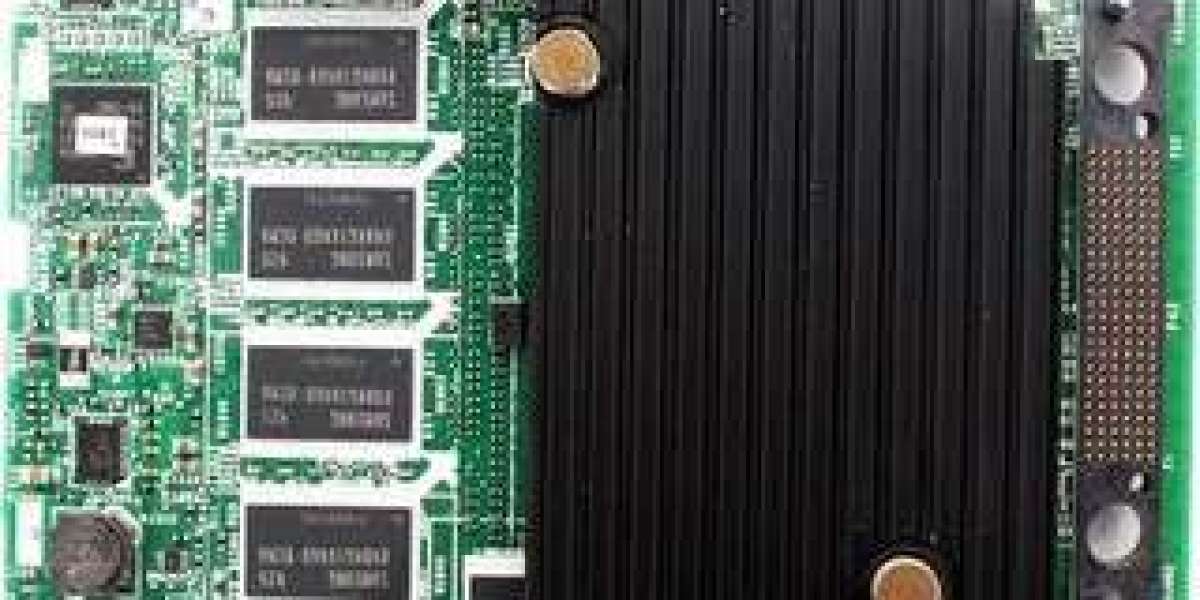RAID (Redundant Array of Independent Disks) technology is widely used in computing to improve storage reliability, speed, and fault tolerance. A key component that enhances the efficiency of RAID systems is the RAID controller memory. This specialized memory works in conjunction with RAID controllers to manage data traffic between storage drives and the system processor, playing a crucial role in both performance and data integrity.
What is RAID Controller Memory?
RAID controller memory, also referred to as cache memory or buffer memory, is integrated into hardware RAID controllers. Its primary function is to temporarily store data during read and write operations. By doing so, it helps the system access data faster and reduces latency, especially in environments where large volumes of data are processed simultaneously.
This memory can be volatile or non-volatile. Volatile memory is faster but loses data if power is interrupted, while non-volatile memory (such as flash-backed cache) preserves data even during power outages, making it more suitable for mission-critical applications.
How It Enhances Performance
One of the most important benefits of RAID controller memory is performance acceleration. When data is written to the RAID array, it is first written to the controller’s cache memory. This speeds up write operations because the system doesn't have to wait for the data to be fully committed to the hard drives before continuing other tasks. Similarly, during read operations, frequently accessed data can be cached, enabling quicker retrieval the next time it’s requested.
In RAID levels that use parity calculations like RAID 5 or RAID 6, RAID controller memory greatly boosts performance by offloading the complex calculation tasks, which would otherwise burden the system’s main CPU.
Impact on Data Integrity and Protection
RAID controller memory also plays a vital role in safeguarding data. With battery-backed or flash-backed cache, the memory retains unwritten data during unexpected power failures. Once power is restored, the controller writes the remaining data to the disks, preventing potential data corruption or loss.
This added layer of protection is essential in enterprise environments, data centers, and high-performance workstations where uninterrupted data flow and integrity are critical.
Choosing the Right Capacity and Type
The amount and type of RAID controller memory required depends on the workload. For entry-level systems or personal use, smaller memory capacities may suffice. However, enterprise-grade RAID controllers typically support higher memory configurations—ranging from 512MB to several gigabytes—for optimal performance and reliability under heavy workloads.
Moreover, ECC (Error-Correcting Code) memory is often used to prevent data corruption by automatically detecting and correcting memory errors in real time.
Conclusion
RAID controller memory is an essential part of any high-performing storage solution. Whether used in small office setups or large enterprise environments, it enhances data speed, supports complex operations, and ensures data security. By understanding its functionality and selecting the appropriate configuration, IT professionals and system builders can ensure smoother performance and greater reliability in their computing systems.







